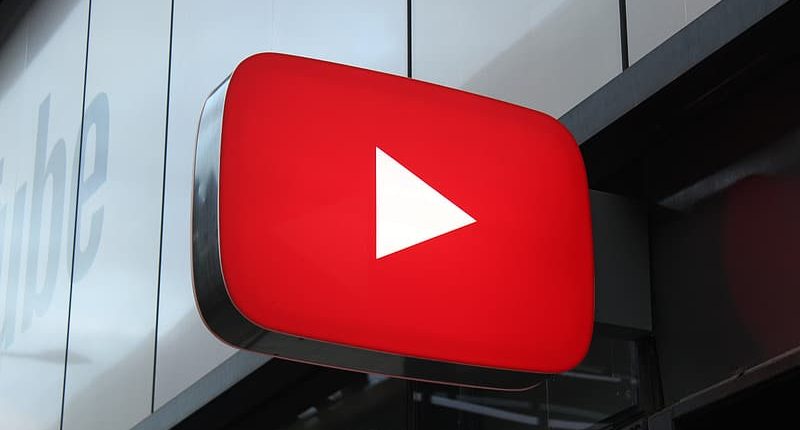YouTube has cracked down hard on videos and channels related to the Russia-Ukraine crisis, and to date, it has taken down over 70,000 videos and 9,000 channels for violating the platform’s content guidelines.
Every time it seems that the Russian invasion of Ukraine is nearing its end, something happens to start the conflict anew. Russia’s renewed assault on the Donbas and Mykolaiv regions has seen Kyiv reiterate its uncompromising stance and rule out any chances of ceasefire or territorial concessions.
The conflict has not remained confined to the ground either and has found its way to the internet. Western companies such as Apple have either seized operations, sales, or services in the country. Services such as YouTube and Google have banned channels associated with Russian state media (including Russia Today and Sputnik).
In response, Russia has banned social media giants such as Facebook and Instagram, labeling their parent company Meta as an “extremist” one. It had also restricted access to Twitter, whose future is an uncertain one, as well.
Platforms such as YouTube have been crucial in reporting the latest news on the Russian invasion, and the news content on the conflict on the platform received more than 40 million views in Ukraine alone. It seems that several of the videos removed had broken YouTube’s violent events policy and trivialized the event by referring to it as a “liberation mission.”
We do not know exactly which content and channels have been taken down so far, but it seems that they included one that is tied to pro-Kremlin journalist Vladimir Solovyov. “You can imagine a lot of it being the narratives that are coming from the Russian government or Russian actors on behalf of the Russian government,” said Neal Mohan, Chief Product Officer, YouTube.
Surprisingly, YouTube has not been shut down in Russia even as the country continued its sweeping crackdown on Western media and services. Today, the platform has a user base of 90 million users and remains the largest video-sharing site operating in the country, even after it halted advertisements on its platform there and continued providing uncensored information about the war to Russian citizens.
“The first and probably most paramount responsibility is making sure that people who are looking for information about this event can get accurate, high-quality, credible information on YouTube,” Mohan said. “The consumption of authoritative channels on our platform has grown significantly, of course in Ukraine, but also in countries surrounding Ukraine, Poland, and also within Russia itself.”
